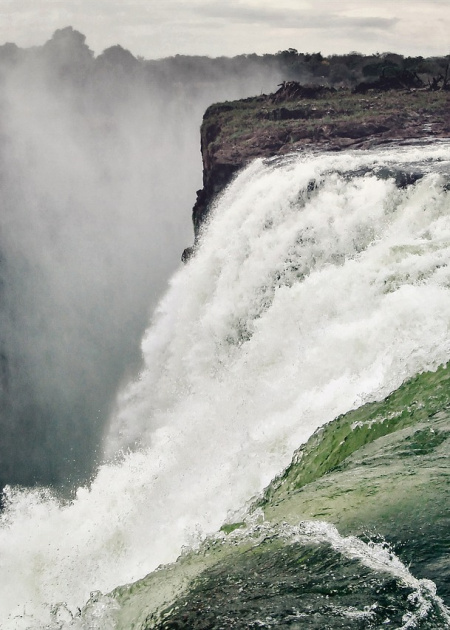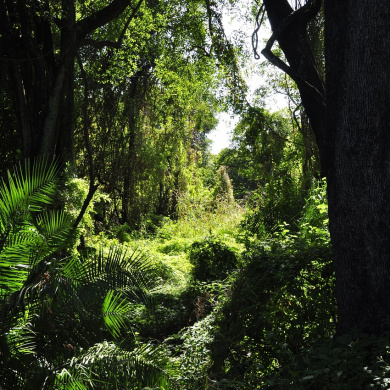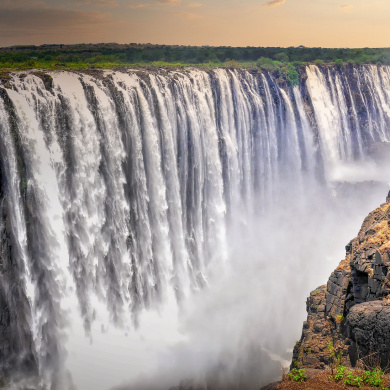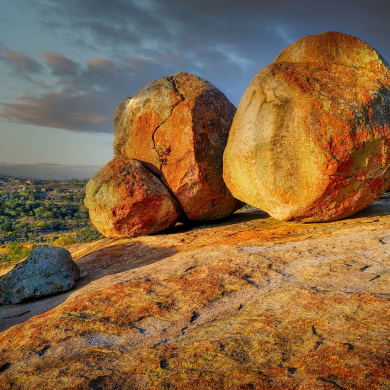Why travel to
Zimbabwe is a dream destination for nature lovers and adventure seekers alike. The breadth of its wildlife in its many national parks and nature reserves makes it an exciting place to explore. Visitors can also enjoy its diverse culture, experience the stunning beauty of its rugged landscapes, explore its famous Victoria Falls, and take part in unique activities such as bungee jumping, river rafting, and safari treks.
Cost of living
Living in Zimbabwe can be relatively inexpensive, depending on individual lifestyle and needs. While the cost of living varies from place to place, basic goods like food and transportation tend to be relatively affordable. Certain items, such as fuel and non-essential goods, may be more expensive due to high import taxes. Housing can range from cheap to expensive depending on the area. Additionally, medical and educational expenses should also be considered.
Safety
It is generally safe to travel to Zimbabwe in terms of physical safety. Visitors should exercise caution, use common sense and be aware of their environment. However, travelers should stay aware of the security situation in Zimbabwe and follow the advice of local authorities. Travelers should also be aware of the risks associated with health and potential civil unrest.
Places to visit
- Victoria Falls: Located on the Zambezi River, Victoria Falls is known as ‘The Smoke Of The Heavens’ and is one of the Seven Natural Wonders of the World. It is the largest sheet of falling water in the world and one of the most impressive sights in all of Africa.
- Great Zimbabwe: A UNESCO World Heritage Site, Great Zimbabwe was an important trading centre from the 11th to 15th centuries. It is comprised of ancient ruins from the Zimbabwean civilization and is a great place to discover the country’s history.
- Hwange National Park: Zimbabwe's biggest game reserve, with over 40,000 square-kms, Hwange National Park is home to a large variety of mammals, birds and reptiles. It is a great place to explore African wildlife in its natural home.
- Matobo National Park: Sculpted out of an ancient granite landscape, the Matobo National Park is an eye-catching destination with its distinctive hills, rock formations and the iconic Balancing Rocks. It is also the best place to spot the endangered black and white rhino.
- Lake Kariba: Zimbabwe's largest man-made lake was formed in 1959 determined by the Zambezi River. Lake Kariba is a popular spot for fishing, water sports and wildlife safaris.
- Eastern Highlands: Zimbabwe's Eastern Highlands is known as the country’s gem and is home to mesmerizing landscapes and incredible flora and fauna. The most notable attraction is the Nyanga National Park where travelers can go for hikes and camping.
Food to try
- Chom Chom: A traditional dessert made from mashed ripe bananas and grated coconut, lightly fried in clarified butter, and flavored with nutmeg.
- Sadza: A type of cornmeal that is boiled to form a thick porridge. It is the most common dish in Zimbabwe and is served with a variety of side dishes.
- Maheu: A porridge made from maize meal, milk and sugar, usually served with tea or coffee.
- Chakalaka: A spicy vegetable and bean relish, usually served with vegetables, starches and proteins.
- Matemba: A traditional game fish, usually served fried and served with side dishes.
- Chakalaka Soup: A traditional soup made with beans, vegetables, and a blend of spices.
- Chinja Dzemabudzo: A traditional stew made with beef, vegetables, tomato, and spices.
- Chakalaka-Lapcha: A traditional cake made from semolina, coconut, sugar, and dried fruit.
Souvenirs
- Zebra-printed mugs – A cheerful mug decorated with colourful zebra prints found in Zimbabwe.
- Zimbabwean stone sculptures – Unique carved sculptures that represent traditional Zimbabwean culture.
- Animal skin bowl – An ornamental bowl made from leather-like animal skin found in Zimbabwe.
- African jewellery – Striking jewellery featuring beautiful African artifacts and gems.
- Zimbabwean drum – A vibrant, handcrafted drum popularly used in Zimbabwean music.
- Wooden masks – A traditional Zimbabwean mask carved out of wood.
- Basket – A functional yet decorative basket woven from grass and ingredients found in Zimbabwe.
- Handwoven textiles – Stunning hand-crafted textiles made using natural ingredients found in Zimbabwe.
- Spices – A range of vibrant and flavorful spices originating from Zimbabwe.
- Zimplats Coins – Intricate coins made of silver, bronze and zinc that represent the Zimplats Mining Company and commemorate Zimbabwe's history.




